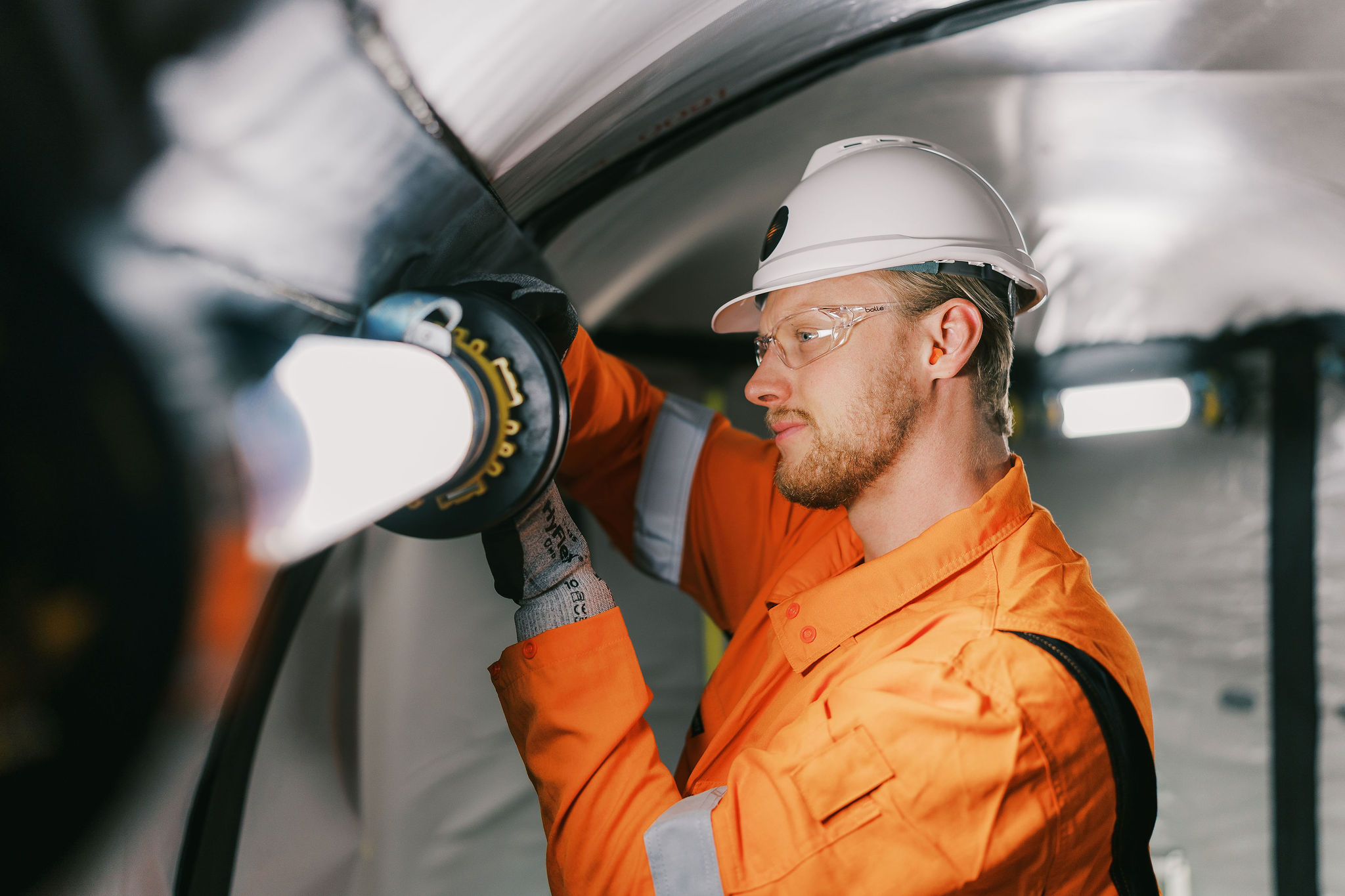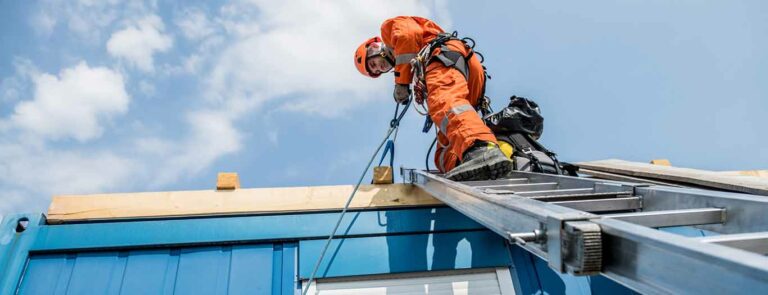Some Known Details About Roar Solutions
Some Known Details About Roar Solutions
Blog Article
Fascination About Roar Solutions
Table of ContentsSome Known Factual Statements About Roar Solutions Some Ideas on Roar Solutions You Need To KnowFascination About Roar Solutions
In order to shield installations from a potential explosion a technique of analysing and categorizing a potentially unsafe area is required. The function of this is to ensure the proper choice and installation of devices to ultimately protect against a surge and to guarantee safety of life.
(https://www.cheaperseeker.com/u/roarsolutions)
No tools should be installed where the surface temperature of the devices is more than the ignition temperature level of the offered threat. Below are some common dirt hazardous and their minimum ignition temperature. Coal Dust 380C 225C Polythene 420C (thaws) Methyl Cellulose 420C 320C Starch 460C 435C Flour 490C 340C Sugar 490C 460C Grain Dirt 510C 300C Phenolic Resin 530C > 450C Aluminium 590C > 450C PVC 700C > 450C Soot 810C 570C The possibility of the risk being present in a concentration high enough to cause an ignition will certainly differ from area to area.
Hazardous area electric tools possibly developed for usage in higher ambient temperatures. Area Repair By Authorised Personnel: Difficult testing might not be required however certain treatments might require to be adhered to in order for the tools to preserve its third celebration ranking. Each piece of tools with an unsafe score need to be reviewed individually.
Some Known Details About Roar Solutions
The tools register is a thorough data source of equipment records that consists of a minimum set of fields to identify each thing's place, technical parameters, Ex category, age, and ecological data. The proportion of Thorough to Close examinations will certainly be established by the Devices Risk, which is assessed based on ignition danger (the possibility of a resource of ignition versus the likelihood of a flammable ambience )and the harmful area category
( Zone 0, 1, or 2). Applying a robust Risk-Based Examination( RBI )technique is essential for ensuring compliance and security in handling Electrical Devices in Hazardous Locations( EEHA).
Little Known Questions About Roar Solutions.

In regards to explosive risk, a hazardous location is a setting in which an explosive environment exists (or might be expected to be existing) in quantities that call for unique precautions for the building and construction, setup and use of equipment. eeha courses. In this write-up we discover the obstacles faced in the work environment, the threat control steps, and the needed competencies to function securely
It is a repercussion of modern life that we produce, store or take care of a series of gases or fluids that are deemed flammable, and a range of dusts that are deemed flammable. These materials can, in certain problems, create explosive environments and these can have significant and heartbreaking consequences. The majority of us know with the fire triangle eliminate any one of the three aspects and the fire can not happen, but what does this mean in the context of dangerous areas? When damaging this down right into its simplest terms it is essentially: a mix of a specific amount of release site link or leak of a specific substance or product, mixing with ambient oxygen, and the existence of a source of ignition.
In the majority of instances, we can do little regarding the degrees of oxygen in the air, but we can have considerable impact on resources of ignition, for instance electrical equipment. Dangerous areas are recorded on the harmful area classification illustration and are determined on-site by the triangular "EX LOVER" indication. Right here, amongst various other vital information, areas are divided into 3 kinds relying on the risk, the likelihood and duration that an eruptive atmosphere will certainly exist; Zone 0 or 20 is deemed one of the most dangerous and Area 2 or 22 is deemed the least.
Report this page